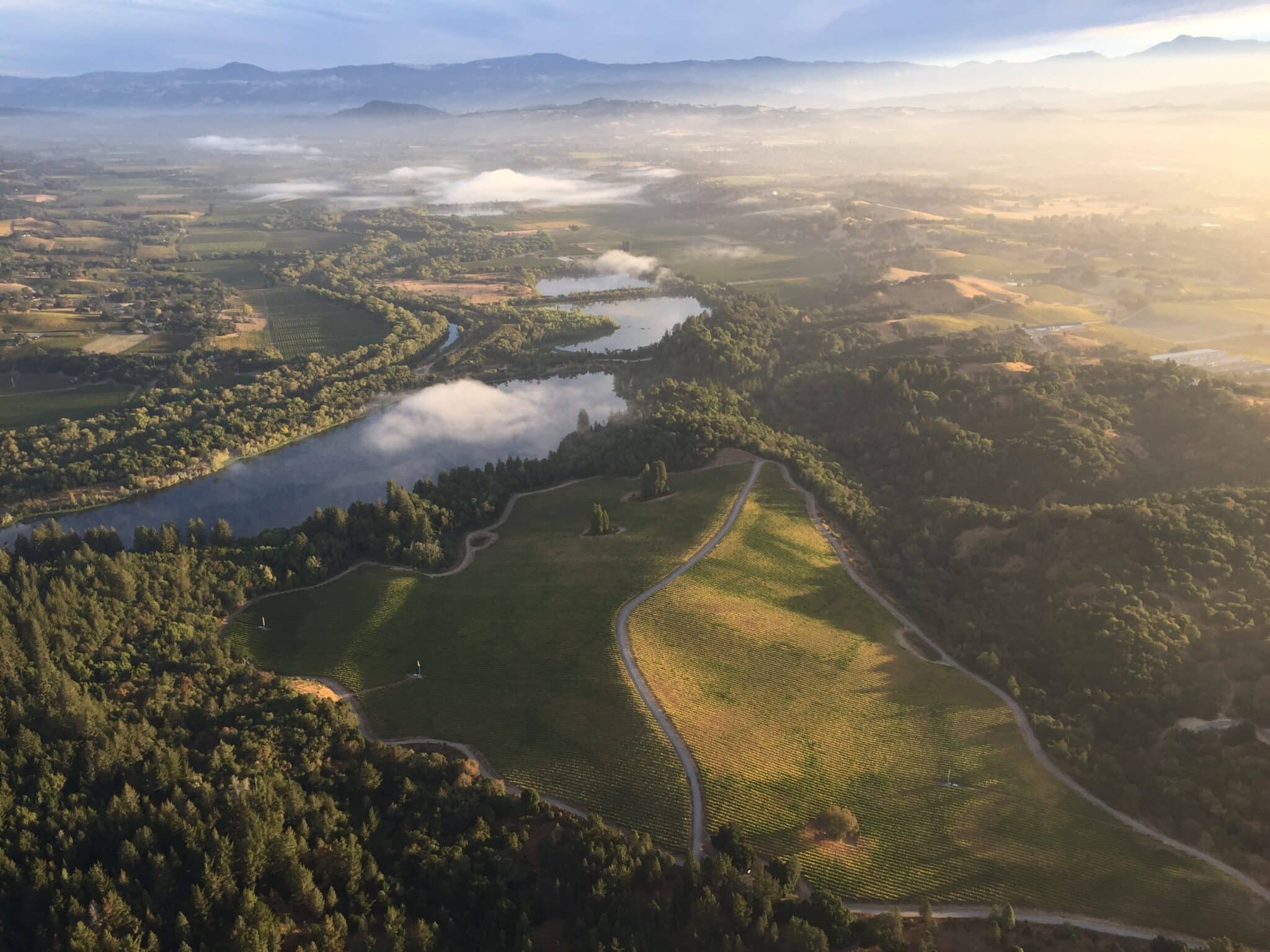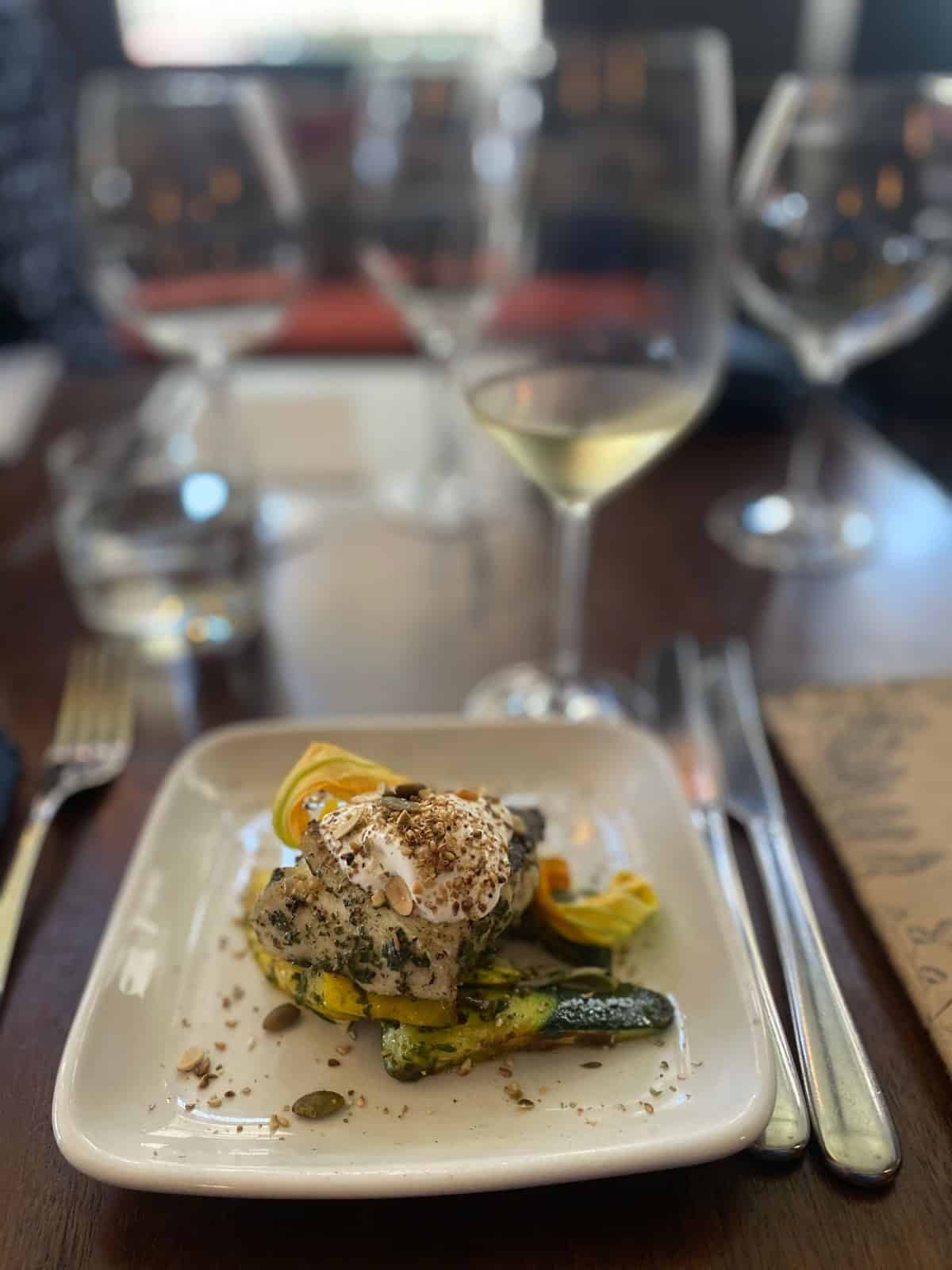Wineries Promoting Sustainable Farming - Best Winery Located In Sonoma
Wineries Promoting Sustainable Farming - Best Winery Located In Sonoma
Blog Article
Wineries Hosting Seasonal Events - Sonoma Vineyards For A Perfect Day Out
Wine tasting is an art that mixes sensory experience with an appreciation for the nuances of various varietals. How to judge flavors in winery wine tasting classes is pivotal to greedy the complexities of wine.
Partaking in a wine tasting involves more than simply sipping and savoring. It requires a targeted method to establish aromas and flavors that every wine presents. As you start, observe the wine's appearance, noting its shade and readability. These visible cues often suggest a wine’s age, grape variety, and even potential flavor profiles.
The next step in the tasting process is to swirl the wine in your glass. This motion releases aromatic compounds which might be very important for evaluation. Lean in and take a moment to inhale deeply; the aromas can range from floral and fruity to spicy and earthy. The nose of the wine is just as important as the palate, and recognizing scents plays a significant function in understanding the general experience.
When taking your first sip, permit the wine to maneuver across your palate - Wineries Near Sonoma Square. Notice the preliminary flavors that current themselves. Is the wine fruity, floral, or maybe herbaceous? This preliminary style provides perception into what the wine is prone to categorical as you proceed to judge it. The mouthfeel additionally contributes to the overall flavor experience; it could be silky, tannic, and even effervescent.
Wineries Known For Their Beautiful Gardens - Vineyard Experiences In Sonoma
As you proceed tasting, take note of the wine’s steadiness. A well-balanced wine will harmonize acidity, sweetness, and tannins. If one component overwhelms the others, it would point out a much less fascinating quality. Evaluating balance may help you identify how well the wine might pair with food.
Transitioning to the finish, consider how the flavors evolve because the wine lingers on your palate. A long, nice finish can indicate a high-quality wine, whereas a short or abrupt end may recommend otherwise. Replicate on whether or not the flavors remain constant or if new notes emerge because the wine settles. This progression can reveal complexities and intricacies which may not have been obvious within the preliminary tasting.
Temperature can also be an important think about evaluating wine flavors. Totally Different types of wine are optimally enjoyed at particular temperatures. White wines often shine when chilled, while red wines generally perform greatest at room temperature. When tasting, ensure the wine is at the applicable temperature to completely respect its character.
Wineries Known For Handcrafted Wines - Sonoma Wine Country Wineries To Explore
Pairing food with wine can tremendously improve the tasting experience. Meals can affect the perception of flavors in wine, either highlighting certain characteristics or diminishing them. When evaluating flavors, contemplate how the wine interacts with completely different meals, noticing which flavors are amplified or muted (Local Favorite Wineries In Sonoma).
Consider the affect of terroir as you interact in a winery tasting. Terroir encompasses the unique environmental components that affect grape growing, including soil composition, local weather, and geography. Understanding a wine's terroir can provide perception into its flavors and aromas, fostering a deeper appreciation for the choices made throughout its cultivation and production.
Training plays a fundamental position in enhancing one's ability to judge wine flavors. Learning about grape varieties, wine areas, and production methods can pave the way for extra informed judgments throughout tastings. Additionally, attending workshops or classes can refine sensory skills and expand your web link flavor vocabulary, enabling you to articulate tasting notes more effectively.

Finally, it is important to remember that evaluating wine flavors is a extremely personal experience. Particular Person preferences and perceptions will invariably shape one’s tasting journey. Enjoyment must be at the forefront, with the evaluation click this process appearing as a software to enhance understanding and appreciation somewhat than create inflexible tips.
Rustic Family-Owned Wineries In Sebastopol - Wine Tasting Experiences In Sonoma Valley
In conclusion, mastering tips on how to evaluate flavors in winery wine tasting sessions entails a mix of sensory engagement, data, and practice. By learning to establish aromas, assess the steadiness, and recognize the intricacies of flavor, wine enthusiasts can deepen their connection to each bottle they encounter. As with any art form, the more one immerses themselves in the experience, the more they will uncover and benefit from the huge world of wine.
- Begin by observing the wine's color and readability, as these visual parts can hint at its flavor profile and growing older potential.
- Swirl the wine gently in your glass; this releases fragrant compounds, allowing you to raised determine the complex scents related to the wine.
- Take a deep inhale earlier than tasting, focusing on each main and secondary aromas to collect insights on fruits, spices, and other nuances.
- When tasting, allow the wine to coat your palate; note the initial flavors, the mid-palate complexity, and the end as these levels can provide completely different flavor highlights.
- Pay consideration to texture and mouthfeel, as aspects similar to tannin levels, acidity, and sweetness contribute significantly to the overall tasting experience.
- Compare flavors against standard wine characteristics; for purple wines, contemplate berry notes, oak affect, and natural tones, whereas whites may embody citrus, stone fruits, and floral hints.
- Take notes in the course of the tasting session to track your impressions, serving to you to recollect and evaluate the different wines sampled.
- Discuss your findings with fellow tasters or winery employees, as sharing insights can enhance understanding and appreciation of particular person flavors.
- Allow time for the wine to breathe; typically, flavors evolve and reveal new dimensions after being exposed to air.
- Experiment with food pairings during the tasting as they can dramatically alter how flavors are perceived, influencing total enjoyment.undefinedWhat ought to I look for when evaluating the aroma of wine during a tasting?
Begin by swirling the wine in your glass to launch its aromas. Convey the glass to your nose and take a deep breath. Pay consideration to the primary scents you detect, as these are often essentially the most distinguished. Look for fruit, floral, natural, or earthy notes and try to establish particular traits, which is ready to deepen your understanding of the wine's complexity.
Wineries With Locally Sourced Food Options - Wineries In The Sebastopol Region

How can I distinguish between different flavor profiles in wine?
Understand that flavor profiles are sometimes categorized as fruit, floral, herbaceous, spicy, or mineral. Take small sips and permit the wine to coat your palate. Notice the first flavors that emerge first and the subtle notes that comply with. This layering is essential in distinguishing the wine's characteristics and will allow you to recognize its unique profile.
Wineries Known For Sustainable Practices In Sonoma - Sebastopol Vineyard Experiences
What is the importance of the wine's texture in a tasting?
The texture of the wine, also called mouthfeel, plays a crucial function in how we understand flavors. Pay attention as to if the wine feels smooth, creamy, or gritty. The body of the wine (light, medium, or full) can improve or distinction with flavors, offering a more rounded experience during tasting.
How do I assess the stability of flavors in wine?
Stability in wine refers to the harmony between acidity, sweetness, tannin, and alcohol. Take a moment to assess whether these elements complement or intrude with one another. A well-balanced wine could have none of its parts overpowering the others, creating a pleasant tasting experience.
Wineries With Estate-Grown Grapes - Craft Wineries In Sonoma
What position does temperature play in evaluating wine flavors?
Temperature can considerably influence the perception of flavors. Usually, red wines are finest served slightly beneath room temperature, whereas white wines take pleasure in being chilled. As the temperature changes, the aromas and flavors can shift, permitting you to perceive totally different characteristics. It’s essential to taste wine at its optimal temperature for true analysis.
Charming Wineries With Views In Sonoma Valley - Wineries In The Sebastopol Region
How can I improve my tasting skills over time?
Practice is vital to bettering your tasting skills. Wine Tasting Experiences With Local Cheese. Attend tastings, maintain a journal of your experiences, and explore different types of wines to broaden your palate. Additionally, studying about wine manufacturing and grape varieties can provide context that enhances your analysis course of, making you a extra informed taster.
Is there a selected order by which I should taste the wines?
Wineries Ideal For Large Groups - Sonoma County's Best Wine Experiences
Yes, it’s advisable to style wines from light to full-bodied and dry to sweet. This progression prevents the stronger flavors from overshadowing the extra delicate ones, permitting you to totally recognize each wine's traits and nuances with out palate fatigue.
How can I consider the aftertaste of wine?
Wineries Ideal For Romantic Getaways - Wineries To Explore In Sonoma Valley
The aftertaste, or finish, is a vital aspect of the wine-tasting experience. After swallowing, take note of how long the flavors linger on your palate and whether or not they change. A long, nice end is commonly an indicator of a high-quality wine, whereas a brief or unpleasant finish might recommend otherwise.
Why is it essential to notice the wine’s acidity during tasting?
Acidity contributes to the overall freshness and structure of the wine. Pay consideration to the tingling sensation on your tongue; higher acidity can enhance the wine's liveliness and balance out sweetness. Noting acidity helps decide the wine's versatility with food and its aging potential.
What ought to I do if I wrestle to establish specific flavors in wine?
Best Pinot Noir Wineries In Sebastopol - Sonoma County's Best Wine Experiences
Struggling to determine flavors is frequent, particularly for newbies. Focus on broader categories and describe what you'll be able to recognize, corresponding to candy or earthy notes. With practice, studying about totally different flavor profiles, and perhaps utilizing flavor wheels, you'll refine your senses and develop a extra nuanced strategy to tasting. Report this page